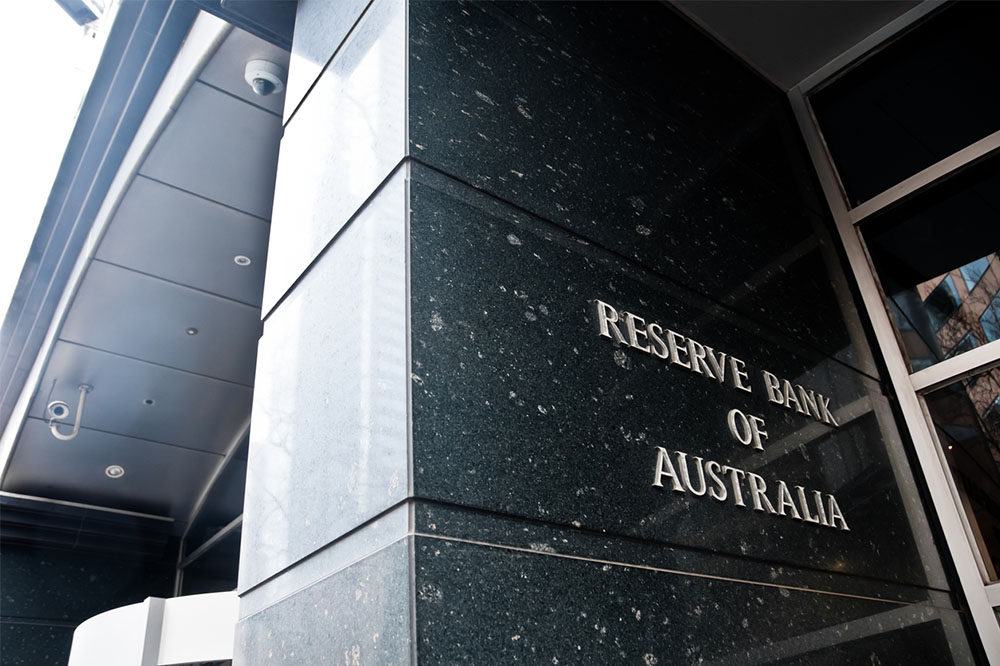RBA cash rate still at 4.10%
- September 6, 2023
- Posted by: admin
- Categories:

The Reserve Bank of Australia decided to hold the cash rate for the third consecutive month in September at 4.10%.
This was in line with the September forecast by the economists from the four major banks.
Here are the highlights of Dr Lowe’s Monetary Policy Decision statement:
On the decision to hold:
- The higher interest rates are contributing to the establishment of a more stable equilibrium between supply and demand in the economy, and this effect is expected to persist.
- The September pause provides the RBA Board time to assess the impact of the increase in interest rates to date and the economic outlook.
On inflation:
- Inflation has passed its peak and the monthly CPI indicator for July showed a further decline.
- However, inflation is still “too high” and will remain so for some time yet.
- The central forecast is for CPI inflation to continue to decline and to be back within the 2–3 per cent target range in late 2025.
On the economy:
- The Australian economy is currently undergoing a period of below-trend growth and this is expected to continue for a while.
- Elevated inflation is putting pressure on individuals’ real incomes, and there is subdued growth in both household consumption and housing investment.
- The labour market remains relatively tight, albeit with some slight easing.
- As the economy and employment are projected to grow at rates below their long-term averages, it is expected that the unemployment rate will gradually increase to approximately 4.5% by late next year.
- While there has been some improvement in wage growth over the past year, it remains in line with the inflation target, contingent on a boost in productivity growth.
On uncertainties:
- Services price inflation remains persistent overseas and the same could occur in Australia.
- Uncertainties also exist regarding the lags in the effect of monetary policy.
- The outlook for household consumption also remains uncertain, with many households experiencing a painful squeeze on their finances, while some are benefiting from rising housing prices, substantial savings buffers and higher interest income.
On the future of interest rates:
- The RBA maintains its messaging that some further tightening of monetary policy may be required to ensure that inflation returns to target in a reasonable timeframe.
- The decision will be based on data and the evolving assessment of risks.
- The RBA will continue to pay close attention to developments in the global economy, trends in household spending, and the outlook for inflation and the labour market.
CreditorWatch chief economist Anneke Thompson said the decision was in light of recent data showing weakening economic conditions, particularly on unemployment and retail trade.
“After months of leading indicators pointing to a slower jobs market, the unemployment rate increased from 3.5% to 3.7% in July 2023,” she said.
The increase meant an additional 35,600 unemployed Australians, representing an annual increase of almost 65%.
Ms Thompson said the RBA is now seeing that the threat of the dreaded price-wage spiral has already diminished considerably.
Meanwhile, the most recent retail trade data reflects a slowing trend in consumer spending.
“Certain areas of non-discretionary services, such as rents, insurance, utilities and education, continue to record high or rising price increases,” Ms Thompson said.
“However, the RBA is very likely to recognise that further increases to the cash rate will do little to stem these prices, as various exogenous impacts are responsible for price rises in these sectors.”
Resource: yourmortgage.com.au

